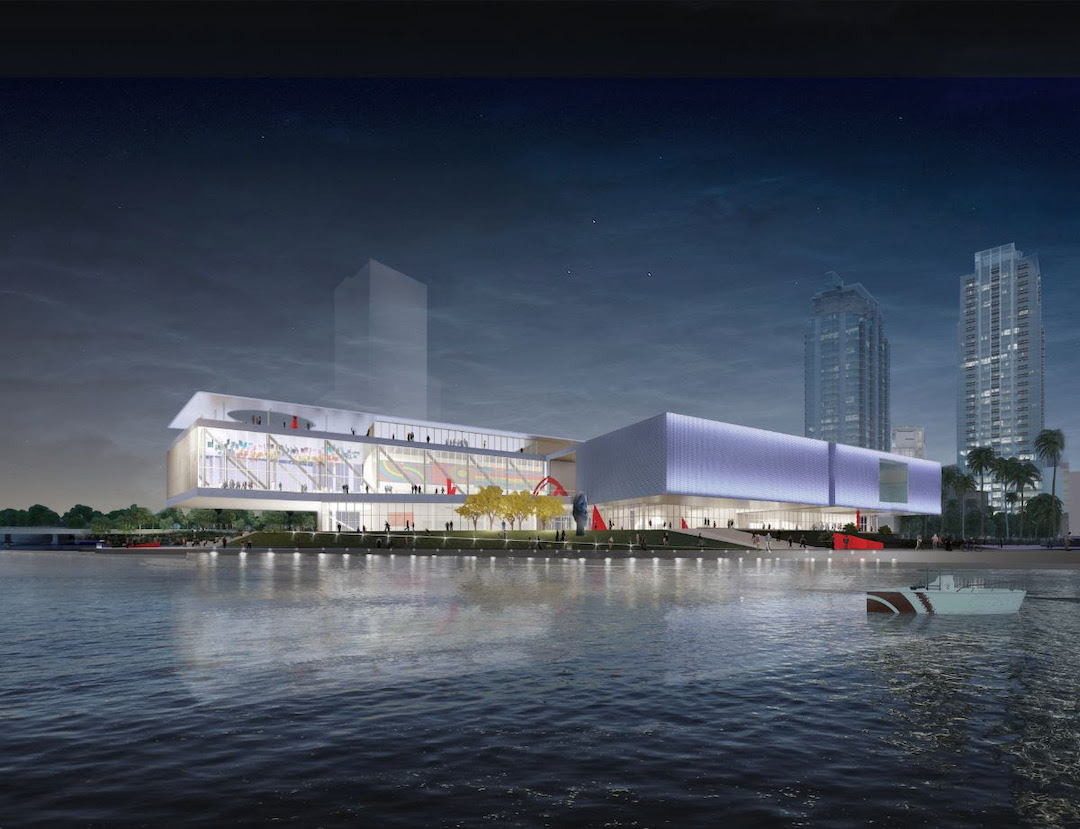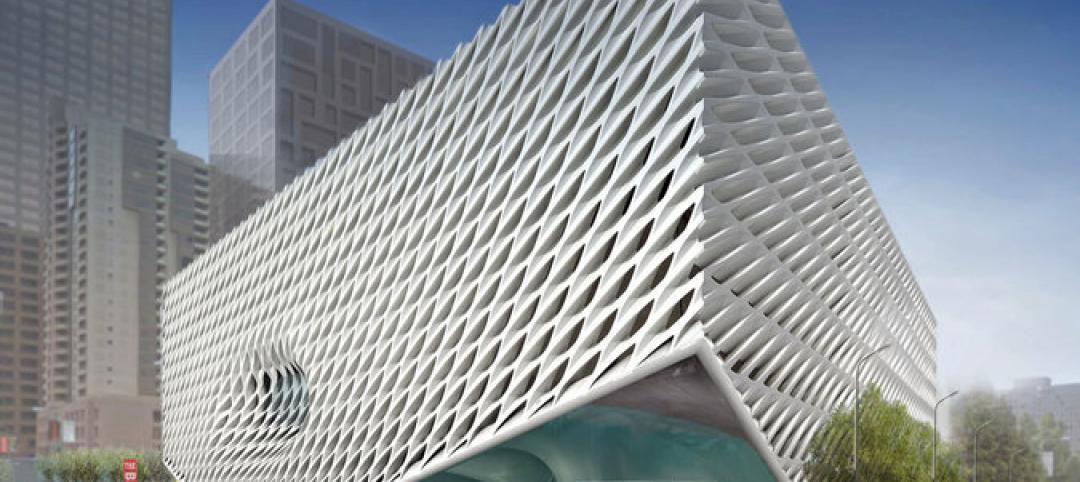The Tampa Museum of Art announced a new $65 million expansion project for its downtown Tampa campus. The Weiss/Manfredi-designed project will add a crystalline, three-story structure to the waterfront that will significantly enhance the visitor experience and expand the museum’s education and event spaces.
The museum's current building was designed by San Francisco architect Stanley Saitowitz and opened in 2010. A second phase of development and expansion was anticipated, and is now currently underway.
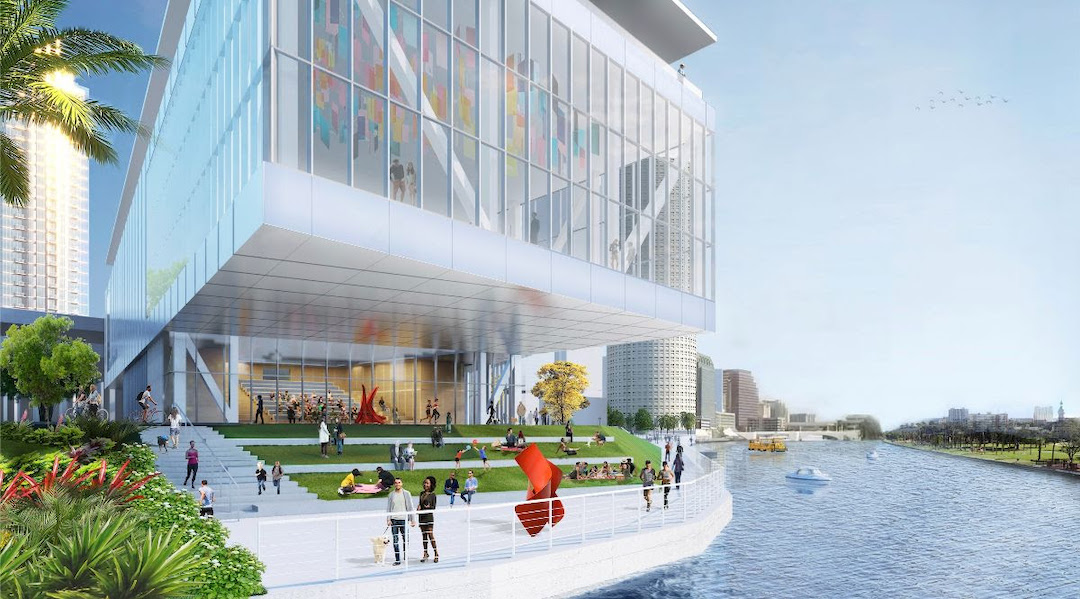
The new expansion will include a site redevelopment and add approximately 51,000 sf of new space along the Hillsborough River to its 25,000-sf renovation currently underway, doubling its exhibition spaces and tripling its education spaces.
The expansion will rejuvenate outdoor spaces that extend beyond the museum structure, including new landscaped public access points along Cass Street, creating a seamless transition with pedestrian plazas between the public park spaces adjacent to the Riverwalk, Curtis Hixon Waterfront Park, and two new dog parks.
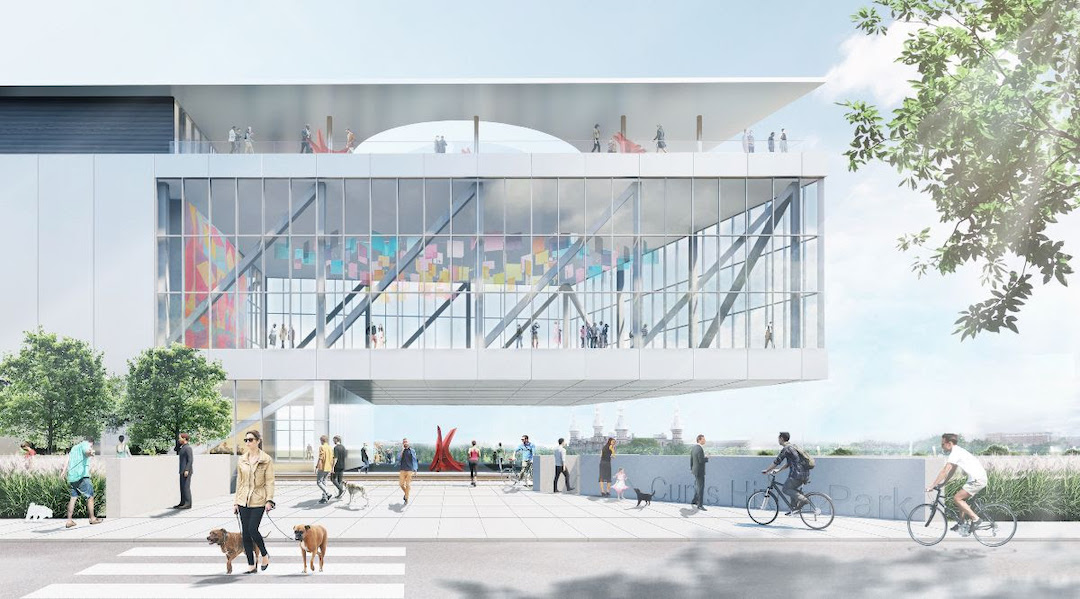
Additionally, the project will expand the museum’s gross area from 69,000 sf to 120,000 sf; expand the education space from 1,400 sf to more than 12,000 sf; grow the exhibition and collection space from 14,800 sf to more than 43,000 sf; enhance the visitor experience with nearly 12,000 sf of space dedicated to a new covered entrance, lobby, store, and cafe; and triple the event space from 7,200 sf to 25,600 sf that can host dinners or other events for up to 500 people.
The project, which will significantly alter the city’s skyline, is slated for completion in 2024.
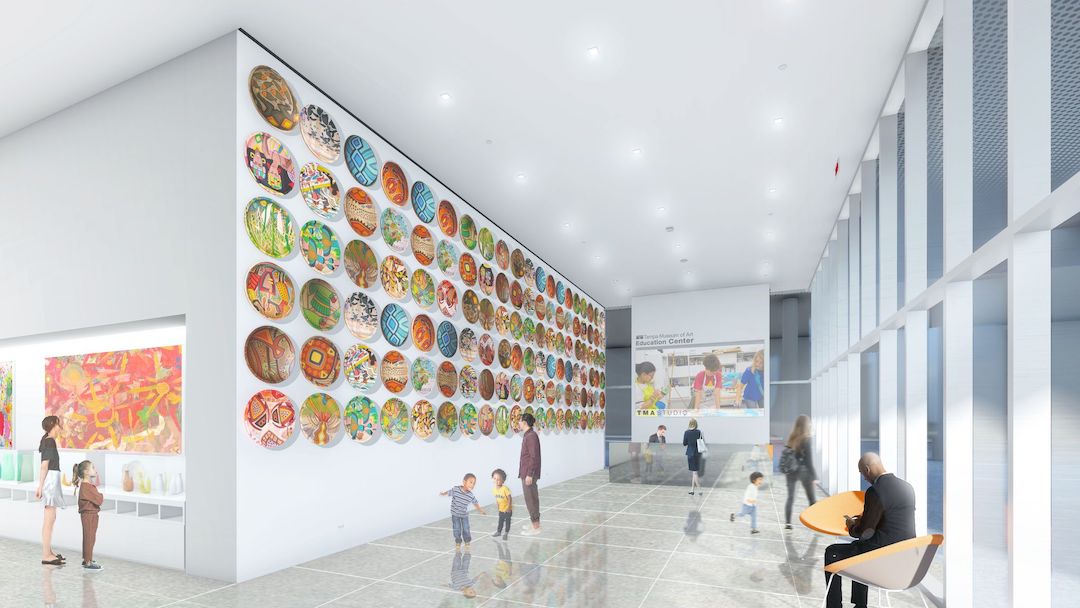
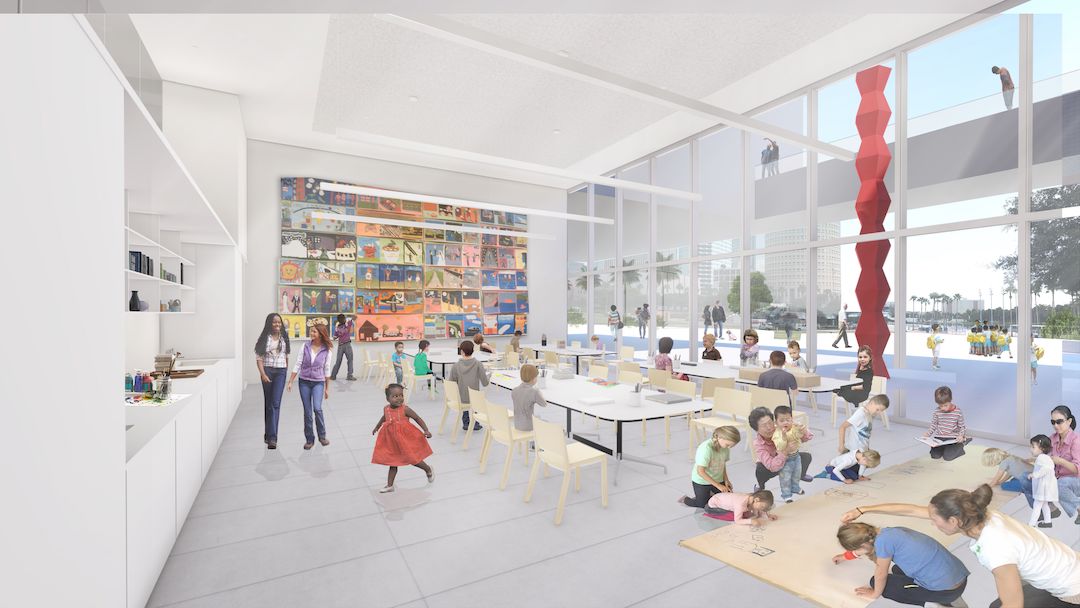
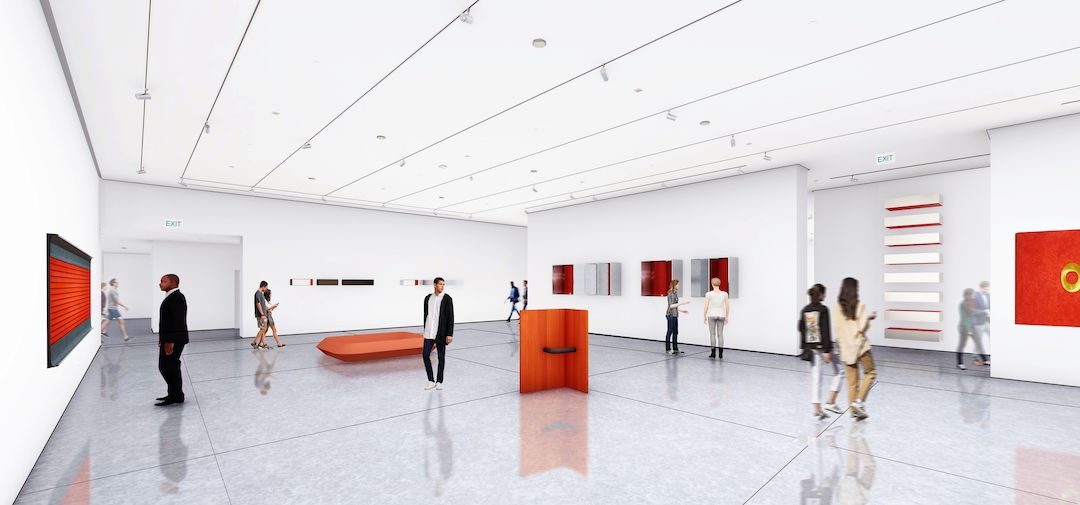
Related Stories
| Jun 18, 2014
Arup uses 3D printing to fabricate one-of-a-kind structural steel components
The firm's research shows that 3D printing has the potential to reduce costs, cut waste, and slash the carbon footprint of the construction sector.
| Jun 16, 2014
6 U.S. cities at the forefront of innovation districts
A new Brookings Institution study records the emergence of “competitive places that are also cool spaces.”
| Jun 13, 2014
First look: BIG's spiraling museum for watchmaker Audemars Piguet
The glass-and-steel pavilion's spiral structure acts as a storytelling device for the company's history.
| Jun 12, 2014
Tod Williams Billie Tsien Architects' design selected for new UCSC facility
The planned site is a natural landscape among redwood trees with views over Monterey Bay, a site that the architects have called “one of the most beautiful they have ever worked on.”
| Jun 12, 2014
Austrian university develops 'inflatable' concrete dome method
Constructing a concrete dome is a costly process, but this may change soon. A team from the Vienna University of Technology has developed a method that allows concrete domes to form with the use of air and steel cables instead of expensive, timber supporting structures.
| Jun 11, 2014
David Adjaye’s housing project in Sugar Hill nears completion
A new development in New York's historic Sugar Hill district nears completion, designed to be an icon for the neighborhood's rich history.
| Jun 9, 2014
Green Building Initiative launches Green Globes for Sustainable Interiors program
The new program focuses exclusively on the sustainable design and construction of interior spaces in nonresidential buildings and can be pursued by both building owners and individual lessees of commercial spaces.
| Jun 9, 2014
Eli Broad museum files $19.8 million lawsuit over delays
The museum, meant to hold Eli and Edythe Borad's collection of contemporary art, is suing the German company Seele for what the museum describes as delays in the creation of building blocks for its façade.
| Jun 4, 2014
Want to design a Guggenheim? Foundation launches open competition for proposed Helsinki museum
This is the first time the Guggenheim Foundation has sought a design through an open competition. Anonymous submissions for stage one of the competition are due September 10, 2014.
| May 29, 2014
7 cost-effective ways to make U.S. infrastructure more resilient
Moving critical elements to higher ground and designing for longer lifespans are just some of the ways cities and governments can make infrastructure more resilient to natural disasters and climate change, writes Richard Cavallaro, President of Skanska USA Civil.


